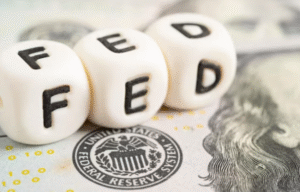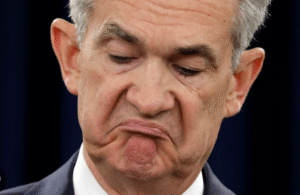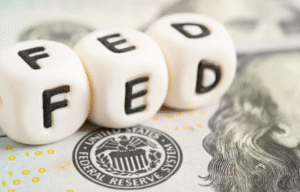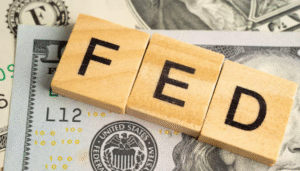$GBPUSD
#Sterling #Forex #BritishPound #CurrencyTrading #Inflation #InterestRates #FederalReserve #BankofEngland #DollarIndex #ForexMarket #USD #Macroeconomics
Sterling has surged above the $1.30 mark for the first time since November, reflecting renewed strength in the British pound amid persistent inflation in the UK and a weakening US dollar. The pound has been on an upward trajectory in recent months, driven by expectations that the Bank of England may need to maintain higher interest rates for longer than previously anticipated. Investors have been closely monitoring UK inflation data, as the elevated cost of living has led to speculation that rate cuts in the near term may not be feasible. Additionally, a broad weakening of the US dollar has further supported the pound’s gains, as expectations of Federal Reserve rate cuts continue to weigh on the greenback.
The UK economy has been grappling with inflationary pressures that remain stubbornly high despite the Bank of England’s aggressive rate hikes over the past year. Consumer price inflation has remained above the central bank’s 2% target, raising concerns that policy tightening may need to persist. Analysts believe that this trend has reinforced confidence in the pound, as higher interest rates tend to bolster a currency by improving returns on assets denominated in that currency. Meanwhile, the UK labor market has remained relatively resilient, further fueling projections that the central bank may delay potential rate cuts. This contrasts with the US Federal Reserve, which has signaled a more cautious approach as US inflation shows signs of cooling and economic growth moderates.
The US dollar has struggled in recent weeks, with investors increasingly betting that the Federal Reserve will pivot toward monetary easing later this year. Market participants have been adjusting positions in anticipation of potential interest rate reductions by the Fed, which would reduce the allure of the dollar compared to other global currencies. The DXY Dollar Index, which tracks the American currency against a basket of peers, has declined as traders price in a potential policy shift. With US inflation showing signs of slowing and economic data pointing to moderating growth, the Fed has been under pressure to support the economy by potentially loosening monetary policy in the coming months. This dovish stance has contributed to the dollar’s decline, allowing currencies such as the pound to gain ground.
Looking ahead, the trajectory of the pound will largely depend on upcoming economic data releases and central bank decisions in both the UK and the US. Traders will be keeping a close eye on updates from the Bank of England regarding its inflation outlook and potential future rate moves. At the same time, any signals from the Federal Reserve indicating delays or changes in its monetary policy stance could impact the direction of the dollar and, consequently, currency markets. If UK inflation remains elevated and US economic data continues to soften, sterling may continue to strengthen further. However, a shift in sentiment regarding interest rates or unforeseen macroeconomic shocks could introduce volatility, making foreign exchange markets particularly sensitive to new developments.











Comments are closed.